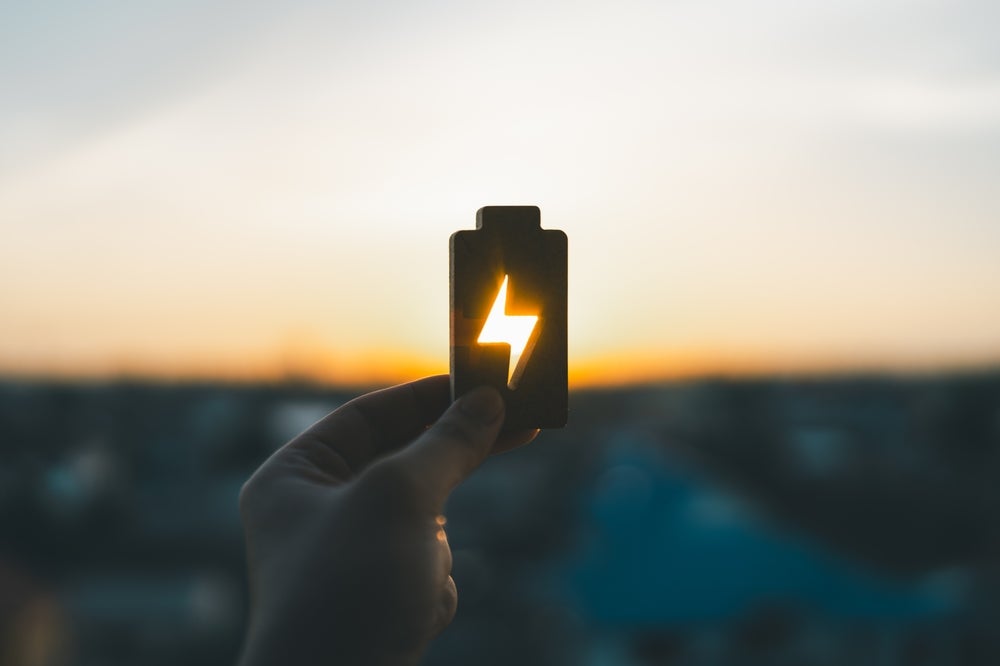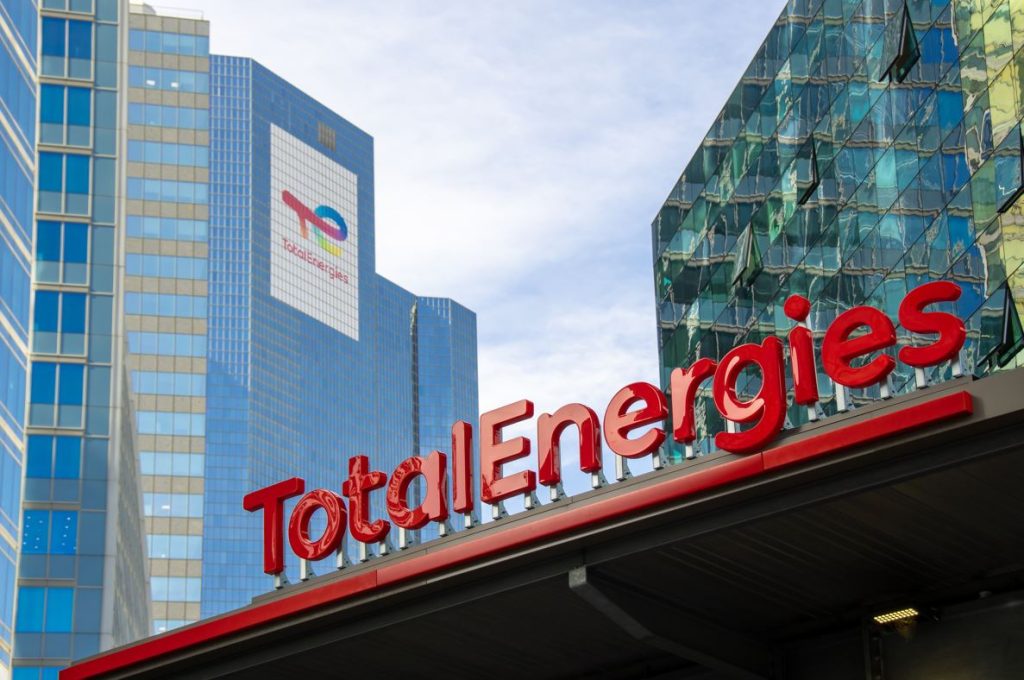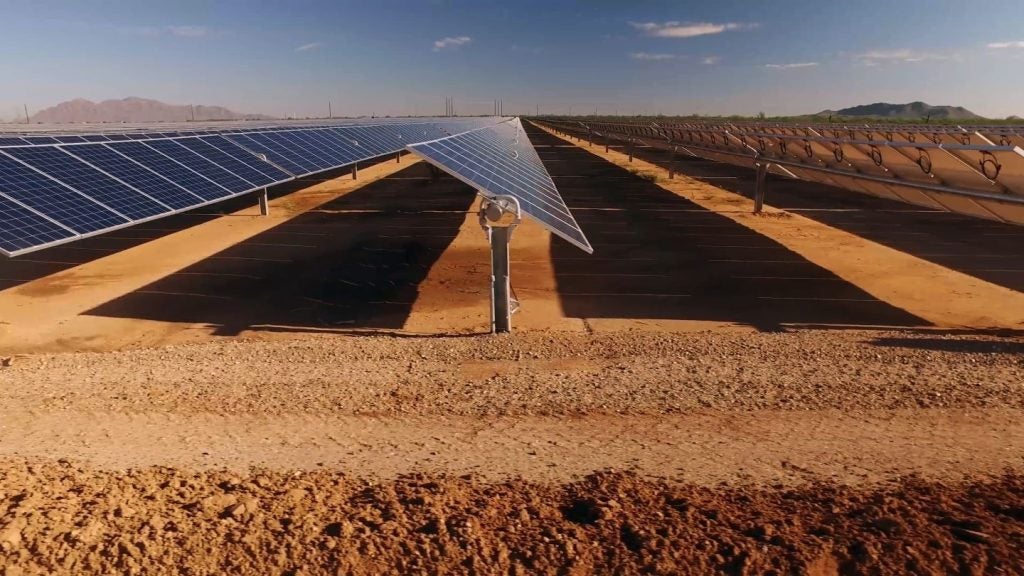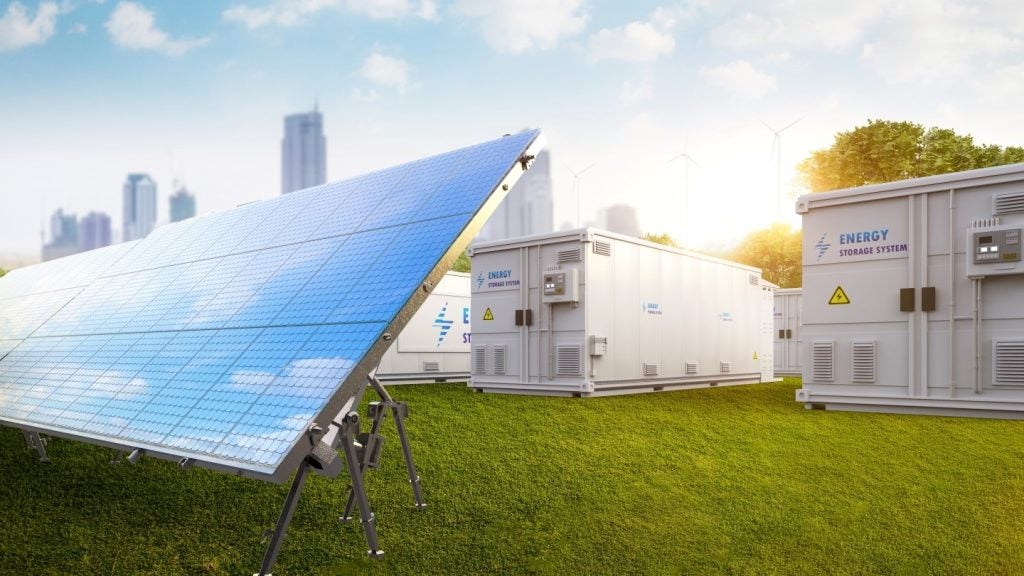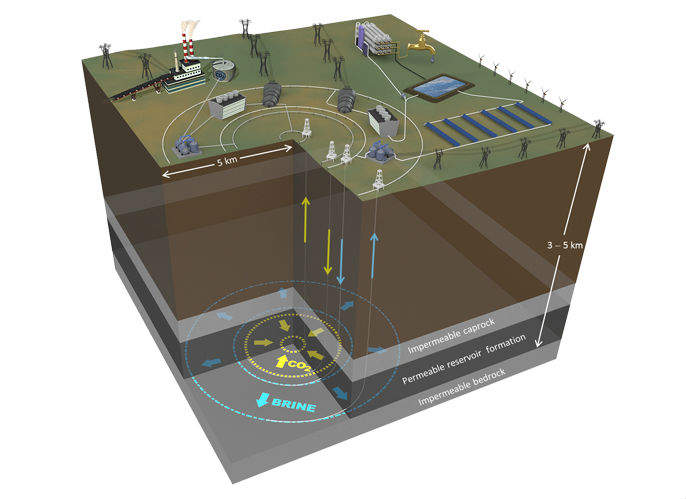

Since the Paris climate agreement in December 2015, pressure has been mounting to try and find alternative ways of generating energy that don’t pollute the atmosphere.
Capturing and storing waste CO2 underground is a potential solution for the greenhouse gases created when fossil fuels are burned, but this approach has proven costly and tricky to accomplish. Challenges include the high cost of capturing CO2, overpressure caused by storing huge quantities of CO2, and controlling where the gas goes.
Meanwhile, there also remains the long-term dilemma of renewable energy sources such as solar and wind power being unable to provide energy when the sun isn’t shining or the wind isn’t blowing. People want clean energy, but they don’t want to compromise on their energy needs.
A solution for intermittent renewables?
Scientists at the Lawrence Livermore National Laboratory (LLNL), Ohio State University, the University of Minnesota and tech firm TerraCOH think they’ve found the solution to both these problems by coming up with a way of storing CO2 underground as a supercritical liquid – with properties similar to a liquid – and then using it for other purposes. The team’s paper, titled Earth Battery, was published in Mechanical Engineering magazine and it puts forward an underground battery concept which is fuelled by waste carbon dioxide and stores energy to be supplied to the grid when needed.
See Also:
"If you want to store the large quantities of renewable energy necessary to balance seasonal supply-demand mismatches and store it efficiently, we believe the best way to do that is underground," said the paper’s author, Thomas Buscheck, leader of the LLNL’s Geochemical, Hydrological and Environmental Sciences Group. "We believe this is a cost-effective way to store the energy long enough so it can be used later."
How well do you really know your competitors?
Access the most comprehensive Company Profiles on the market, powered by GlobalData. Save hours of research. Gain competitive edge.

Thank you!
Your download email will arrive shortly
Not ready to buy yet? Download a free sample
We are confident about the unique quality of our Company Profiles. However, we want you to make the most beneficial decision for your business, so we offer a free sample that you can download by submitting the below form
By GlobalDataThe underground energy system could tap geothermal energy and store energy from above-ground sources before dispatching it to the grid throughout the year. This means that the system doesn’t need any fuel, there are no emissions, and it is capable of constant production. The traditional way of doing this is by accessing heat from underground hot springs.
However, this approach is limited to certain geological formations, as wells must be able to access geothermally heated water or steam and bring it to the ground surface to turn a turbine, so the system’s success would very much depend on location.
Endless supply of CO2
Vast sedimentary formations where the rock is porous and permeable are more common than regions where conventional geothermal energy can be produced These formations are usually not as hot, thus harvesting a significant amount of heat from the ground requires fluid to flow over greater distances between injection and production wells.
The optimum fluid for this system is supercritical carbon dioxide, which is CO2 that has been placed under enough pressure to become a supercritical fluid. Carbon dioxide in this form has a lower kinematic viscosity than water, which means it flows more freely between and up wells. By using this liquefied CO2, pumps to drive the recirculation of fluids through the underground reservoir can be reduced or even eliminated entirely.
The geothermally heated CO2 that flows up production wells can be fed directly to a turbine to generate power before it is re-injected back into the underground reservoir where it can harvest more geothermal heat. This process occurs in a closed loop so the CO2 can never escape into the atmosphere.
The supercritical O2 fluid is injected underground which creates a pressurised plume that pushes naturally occurring brine up the production well to the surface. Brine can be heated and re-injected into the reservoir to store thermal energy.
While CO2 captured from a fossil fuel power plant would be injected continuously, the brine would be injected intermittently from the surface using power that’s produced in excess of demand. That could be power from wind turbines, especially at night when demand is low, or solar power during sunny days.
Another important function for the pressurised CO2 is to act as a shock absorber, which enables the system to be charged or discharged with less fluctuation in pressure, depending on supply and demand. When there is insufficient renewable energy, the pressurised CO2 and brine could be released and converted to power when it is needed.
"Storing such vast quantities of CO2 creates so much pressure," said Buscheck. "This is the biggest challenge for keeping it permanently underground, but it is manageable. To make sure we don’t have too much pressure, we can divert some of the produced brine to generate water through desalination."
When there is insufficient renewable energy, the pressurised CO2 and brine could be released and converted to power when it’s needed.
"If we tap into the remaining pressure, we can recharge the system selectively and put energy into our storage system when there’s excess and deliver it when it’s needed," Buscheck added.
The sedimentary formations suitable for CO2 storage cover about half of the US, making it possible to build a CO2 storage system nearby to a source of heat, such as a solar thermal farm, base-load power plant, nuclear or fossil energy.
"Thus, our energy storage concept has evolved to where it has the potential to store electricity in the form of pressure, as well as thermal energy, in addition to tapping geothermal energy," says Buscheck.
Turning ideas into reality
The device has not yet been demonstrated in the field but has been evaluated for a range of conditions using a computer simulation. It isn’t ready for commercial use yet, but the concept has drawn interest from the industry.
According to the computer models, the amount of carbon emissions that could be stored underground by the system would be at least four million tons per year over 30 years, which is the equivalent of the CO2 released by a 600MW coal plant.
Technology like this could go a long way to helping achieve the goals set out at COP21 in Paris.
Buscheck says that the next steps for the researchers are to look for and assess surface heat sources and to analyse how efficiently thermal energy can be transferred to brine for underground storage.
"We need to look for an operating reservoir system, possibly a depleted oil or gas reservoir, where there is enough information to develop a data-constrained reservoir model that can be used for reservoir-system design analysis," he says. "[This] will give us more confidence that geologic conditions exist for which our concept is both technically and economically feasible."
To keep the world’s temperature from rising more than 2 °C, more green energy options have to be considered by countries. Innovations such as this underground battery could enable growth in clean energy technology while at the same time dealing with the excess CO2 that is emitted by fossil fuel plants.



